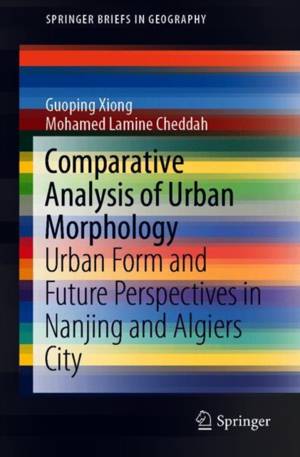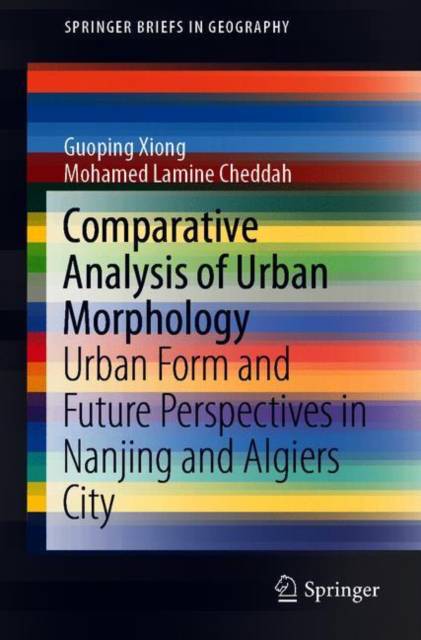
- Afhalen na 1 uur in een winkel met voorraad
- Gratis thuislevering in België vanaf € 30
- Ruim aanbod met 7 miljoen producten
- Afhalen na 1 uur in een winkel met voorraad
- Gratis thuislevering in België vanaf € 30
- Ruim aanbod met 7 miljoen producten
Zoeken
Comparative Analysis of Urban Morphology
Urban Form and Future Perspectives in Nanjing and Algiers City
Guoping Xiong, Mohamed Lamine Cheddah
€ 62,95
+ 125 punten
Omschrijving
This book proposes a comparative analysis between the urban forms of Algiers and Nanjing. It underscores the different evolutions of the two cities and explains the relation between their spatial structures and the major urban issues they are currently facing. Moreover, it explores the similarities in and differences between their physical structures in order to provide an accurate description of the type and extent of their growth.The book employs a qualitative and quantitative approach and combines a range of morphological methods such as historico-geographical, spatial configuration (space syntax), typo-morphological, remote sensing and cellular automata in order to extensively explore the urban issues that Algiers and Nanjing are now experiencing. This approach can be a helpful "role model" in the field of spatial and geometrical analysis of cities, which is often complex and a source of ambiguity for researchers. Moreover, the approach will help readers understand the place and the exact role of the different urban issue's components, thus to appreciate the signifying or instigating side.
Specificaties
Betrokkenen
- Auteur(s):
- Uitgeverij:
Inhoud
- Aantal bladzijden:
- 128
- Taal:
- Engels
- Reeks:
Eigenschappen
- Productcode (EAN):
- 9789811392382
- Verschijningsdatum:
- 2/05/2020
- Uitvoering:
- Paperback
- Formaat:
- Trade paperback (VS)
- Afmetingen:
- 155 mm x 235 mm

Alleen bij Standaard Boekhandel
+ 125 punten op je klantenkaart van Standaard Boekhandel
Beoordelingen
We publiceren alleen reviews die voldoen aan de voorwaarden voor reviews. Bekijk onze voorwaarden voor reviews.











